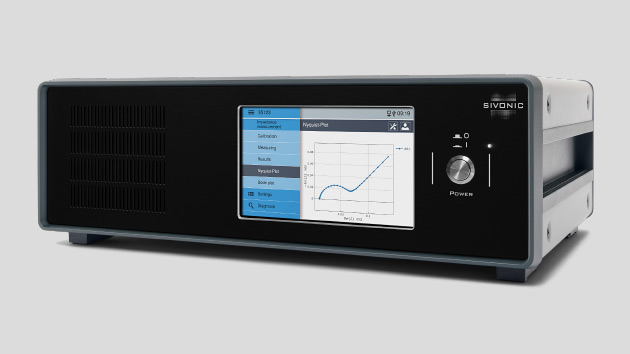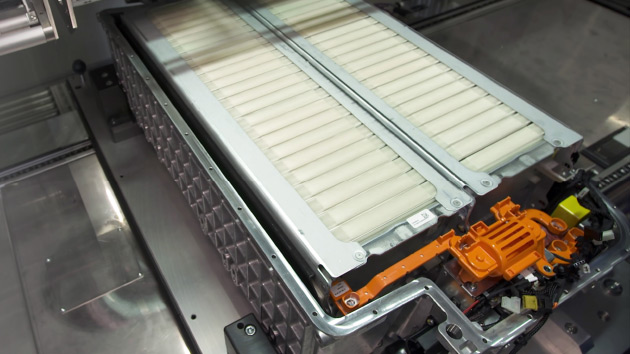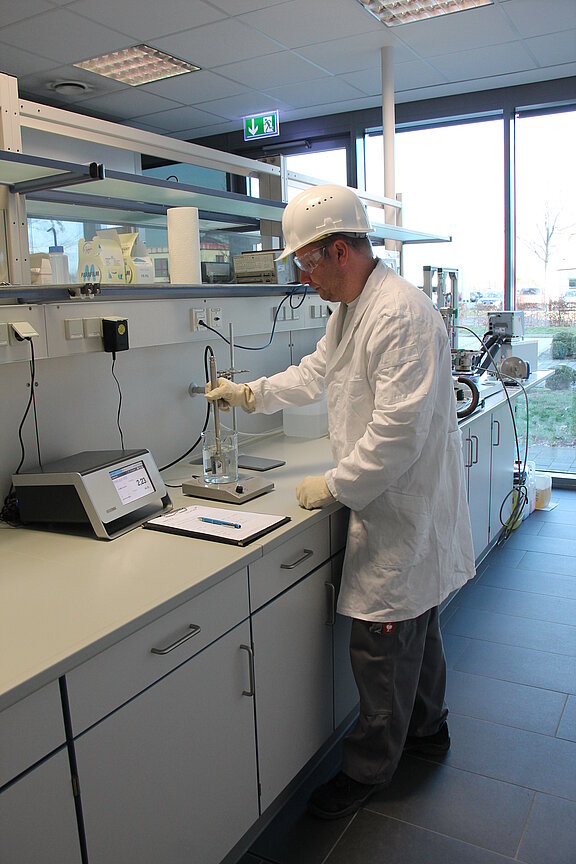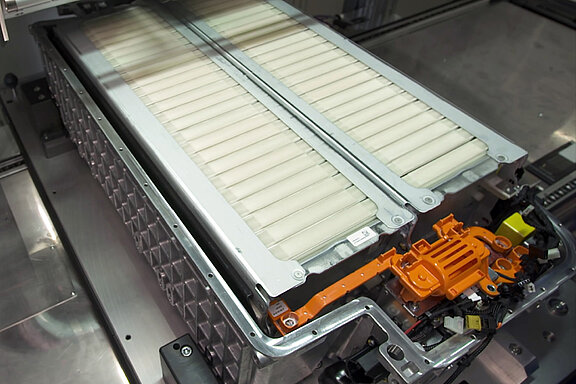Electrochemical impedance spectroscopy (EIS) is proving to be an advanced method for the detailed analysis of non-conductive coatings and oxides on conductive materials such as metals. This method can be used to obtain precise information about the coating properties.
In EIS, the coated component is excited by a sinusoidal current and the resulting voltage is measured with amplitude and phase over a wide frequency range. The impedance is then calculated from the modulation current and the modulation voltage.
The EIS is particularly interesting when pores are present in the surface layer. In this case, the measurement makes it possible to determine both the resistance of the solution in the pores and the capacitance of the electrochemical double layer. Two semicircles become visible in the Nyquist diagram. This makes it possible to precisely determine the thickness and porosity of the covering layer.
Electrochemical impedance spectroscopy allows not only qualitative but also quantitative investigations of the protective properties of coatings. Various aspects such as the barrier effect, water absorption and delamination can be closely scrutinized using this method. The EIS measurement thus enables a comprehensive characterization of the coatings, which contributes to improved quality assurance and more effective material development.




![Fuel Cell [Translate to Englisch:]](/fileadmin/_processed_/e/2/csm_img_Vorschau_Applikationen_Brennstoffzellen_5c9d48bd57.jpg)

![Electrolysis [Translate to Englisch:]](/fileadmin/_processed_/c/5/csm_img_Vorschau_Applikationen_Elektrolyse_010bb10ebc.jpg)
![Corrosion [Translate to Englisch:]](/fileadmin/_processed_/b/0/csm_img_Vorschau_Applikationen_Korrosion_1a39355e33.jpg)